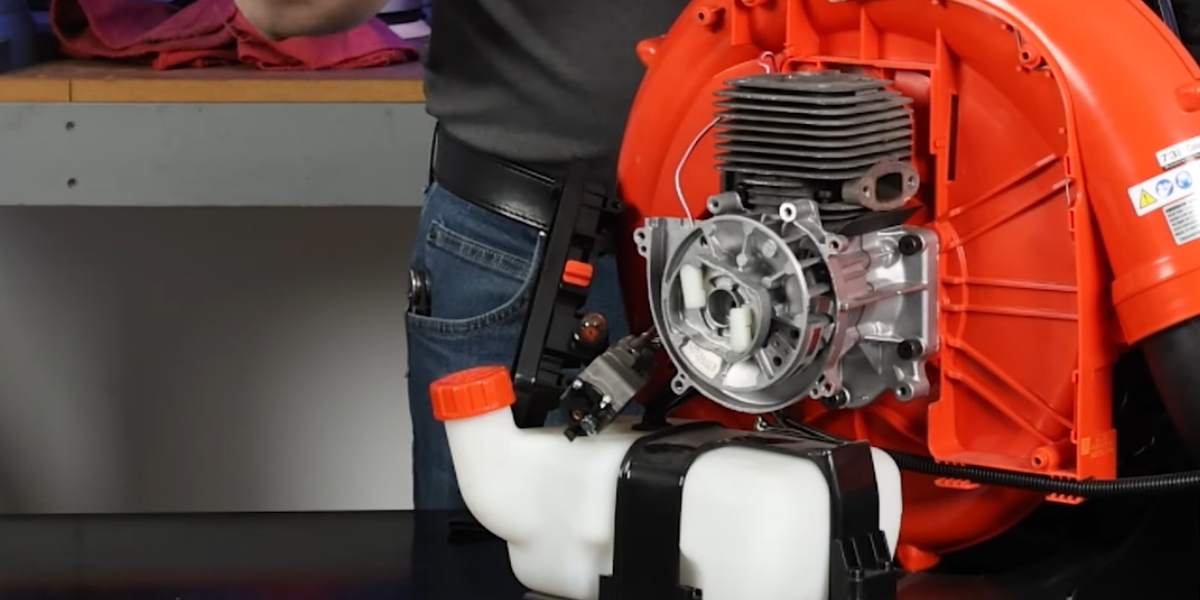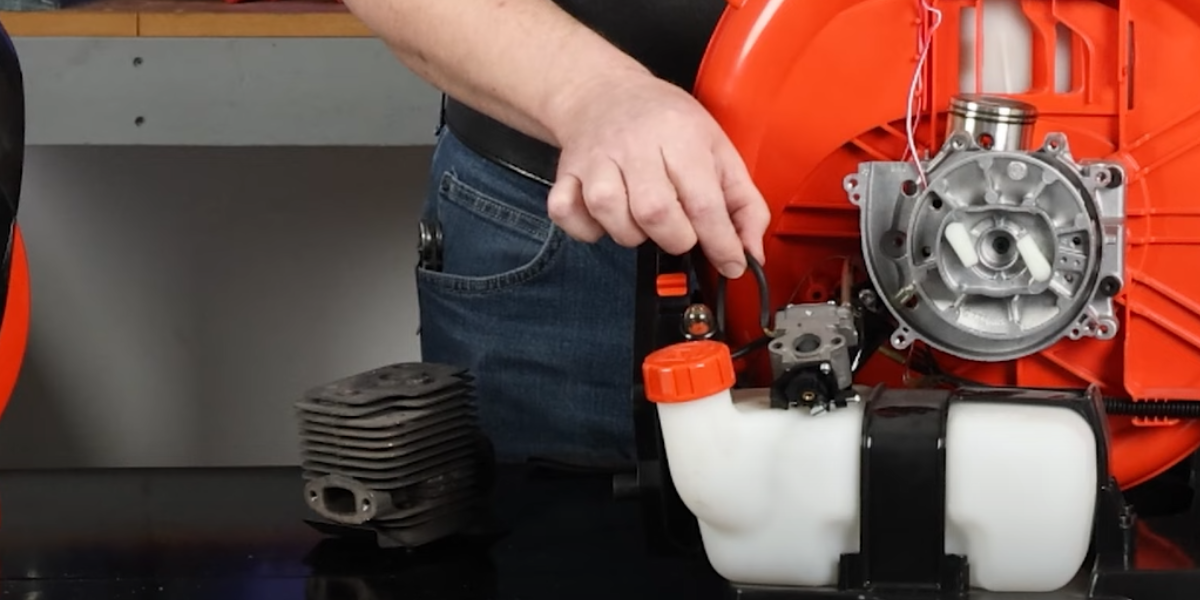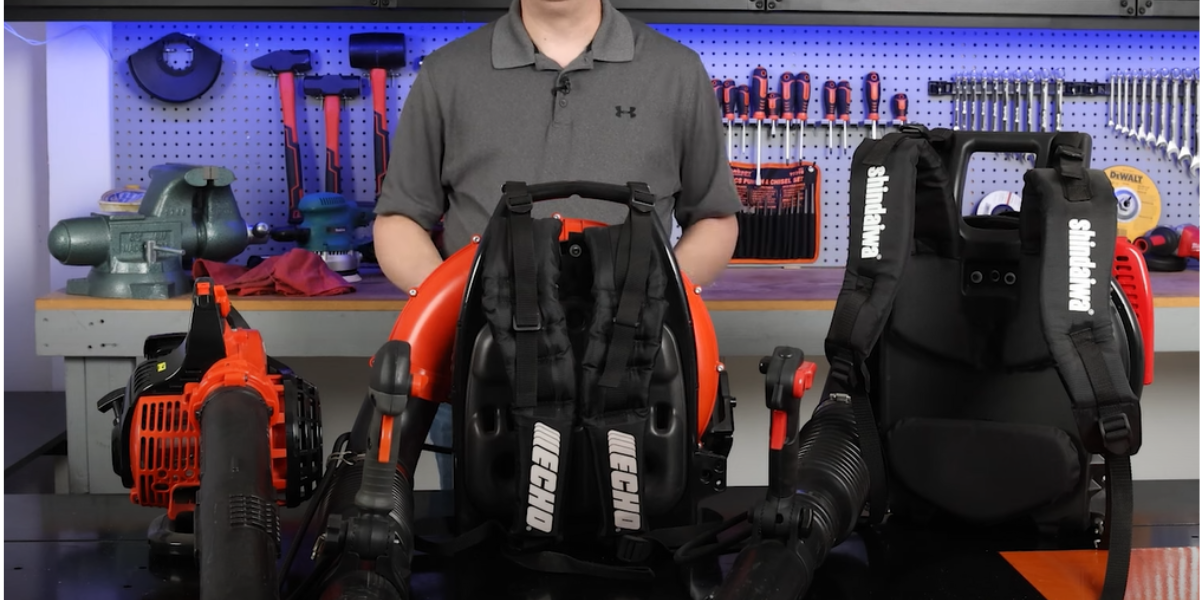Can You Use a Leaf Blower to Clear Snow?
Technically, yes but should you? Probably not.
Leaf blowers are a fantastic tool for anyone who loves a tidy and organized outdoor space! After the wind has whipped around all those leaves and debris, all you have to do is grab your trusty leaf blower and spring into action. But have you ever wondered whether you can grab your leaf blower in the winter and clear away all that snow too? If you have, you are not alone! Let’s take a deep dive into how leaf blowers work and why it’s probably not the best idea for you to try to use yours to clear away snow.
How efficient is using your leaf blower?
We know shoveling snow can be a laborious task, which is probably why you’re wondering if you could use your leaf blower instead. You could, but honestly, you would do a better job with a shovel. Firstly, leaf blowers are ineffective against wet, heavy snow. They are not equipped with enough power to handle the added resistance from snow. If you attempt to use your leaf blower, it’s best to try only while the snow is still light and fluffy. Even then, it is far more likely that the leaf blower will blow the snow up into the air and then right back down again, or worse yet, simply blow back into your face. Therefore, using your leaf blower for this job will be time-consuming and inefficient.
Are you putting your leaf blower engine at risk?

Aside from potentially wasting your time trying to use a leaf blower to clear snow, you could also risk damaging your leaf blower. Leaf blowers use what’s known as an air-cooled engine. This means that they use a fan to dissipate the heat that is created as the engine burns fuel. The fan on the flywheel blows air over the engine and this allows the engine to work at a consistent temperature. If you use your snow blower in the winter, the extreme change in temperature will damage the cylinder that sits inside the body of the engine. It will, therefore, be unable to create enough compression for your engine to work properly. Your leaf blower will likely begin to stall, lose power, use more fuel, and eventually just not start at all.
Another potential risk to your leaf blower engine is extremely cold temperatures. Leaf blowers were designed to be used in warm and dry conditions. If it is extremely cold outside, the moisture in the air can cause ice to form inside the engine. Having water inside your leaf blower can cause some serious damage. The engine may overheat, stall, and potentially never start again. Water inside the engine can also cause the electrical parts in the leaf blower to short-circuit, putting you at risk of being electrocuted and costing you more in repairs.
Can the leaf blower fuel lines survive the cold?

The fuel lines on your leaf blower are typically made from rubber or plastic, and they were not meant to be exposed to cold air. Therefore, using yours in the winter will likely cause the fuel to leak from the tank. Not only is this a major safety hazard since fuel is highly flammable, but it is also an expensive problem. Leaking fuel means less power from your leaf blower in the spring and more maintenance and repair costs. As you can see, it may not be worth it to try to use your leaf blower as a snow blower.
It's also important to note that some of these issues we’ve described here can happen even when you are using your leaf blower the right way. If you’ve been having issues with your leaf blower, you can check out our long list of OEM replacement parts for your model.
Now that you know a bit more about leaf blowers, you can decide for yourself whether to give it a shot or get yourself a snow blower. However, we aren’t going to leave you empty-handed, there is some good news! You can use your leaf blower for tackling issues in and around your home, such as:
- Removing snow from small areas: You can use your leaf blower to clear snow from your porch, stairs, window sills, car, or garbage cans. If the snow is fine and light, you can make a quick job of it, and your leaf blower can handle it without damage.
- Drying surfaces: You can use your leaf blower’s air-blowing capabilities to dry off wet items around your home. For example, you can use it for your car, stairs, or other outdoor equipment. Due to the high airflow that the leaf blower creates, using it to dry off items is an efficient way of using your leaf blower.
- Clearing your gutters: All you need is a ladder and your leaf blower, and you can make quick work of clearing out any leaves and debris from your gutters. If there are any blockages, your leaf blower can help remove them.
- Cleaning: If you have a shed or a workspace you use for woodwork or construction, then you know that it can get covered in dirt, dust, and debris very quickly. If you want to clear your space quickly, you can use your leaf blower to make the clean-up process much faster and easier for yourself. Just be careful not to blow everything around.

In conclusion, while leaf blowers may seem like a tempting tool to use for clearing snow, it is not recommended. Leaf blowers are not designed for use in snow. It is important to prioritize your safety and efficiency when choosing a method for clearing snow and to use the appropriate tools for the job. However, as you’ve seen, you can still make use of your leaf blower in many other useful ways!
